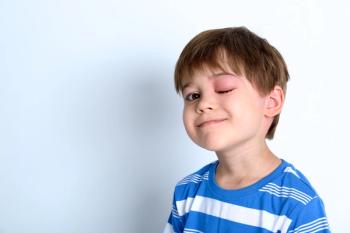
Study Recreates Biological Microenvironments, Demonstrates Effectiveness of Phage Therapy as Antibiotic Alternative
The study also found that certain E. coli cells in these microenvironments were able to survive phage treatment without acquiring genetic resistance.
Investigators studying phage therapy have developed a method for recreating organic microenvironments, in which a single bacterium colonizes a specific area, allowing experiments to more accurately recreate the way viruses behave in the body, according to a study published in PLoS Biology. The study also found that certain E. coli cells in these microenvironments were able to survive phage treatment without acquiring genetic resistance.
Phage therapy is the use of viruses, known as bacteriophages, to kill bacteria in the place of antibiotics. A growing number of bacterial infections, including pneumonia, tuberculosis, gonorrhea, and salmonellosis, are becoming strongly treatment resistant to antibiotics, leading to higher death rates, longer hospital stays, and higher medical costs. Bacteriophages do not pose a threat of human infection, and thus could serve as an alternative to antibiotics in infections that have become genetically resistant.
“Antibiotic resistance could prove a greater killer than COVID—19 if we don’t find new ways to fight infection,” said Stefano Pagliara, PhD, in a press release. “Phage therapy shows great promise as being part of the picture, and our research has helped overcome some of the obstacles so far, by mimicking how bacteria behave in small vessels in our bodies. If phage therapy could one day become even a small part of routine care, it could help save thousands of lives.”
Until this study, the majority of experiments have focused on exposing bacteria to phage in a flask, according to the investigators. In this environment, bacteria interact and evolve quickly, changing their DNA and becoming resistant to phage. Flasks do not replicate how bacteria operate in organs such as the lungs, where they exist in microenvironments such as capillaries or alveoli. The current study replicated these microenvironments and introduced phage to each compartment in turn as opposed to mixing with a large number of bacteria.
Through the use of this method, the investigators found that E. coli cells in these simulated microenvironments do not become genetically resistant to phage, and the majority of the bacterial population is killed. They also found that the bacteria that survived did not acquire genetic resistance, but instead displayed fewer phage receptors, meaning that phage had less access to these cells compared to the rest of the bacterial population.
“A key aspect of whether phage can kill bacteria is the number of phage receptors the bacteria have,” said Edze Westra, PhD, MSc, in the release. “More receptors mean a better chance of phage defeating the bacteria. Our research indicates that if we can find new ways of promoting the production of phage receptors in bacteria, we could improve the prospects of phage therapy as a viable alternative to antibiotics.”
REFERENCES
Phage therapy research brings scientists a step closer to harnessing viruses to fight antibiotic resistance [news release]. EurekAlert; October 12, 2021. Accessed October 19, 2021.
Newsletter
Stay informed on drug updates, treatment guidelines, and pharmacy practice trends—subscribe to Pharmacy Times for weekly clinical insights.

















































































































































































































